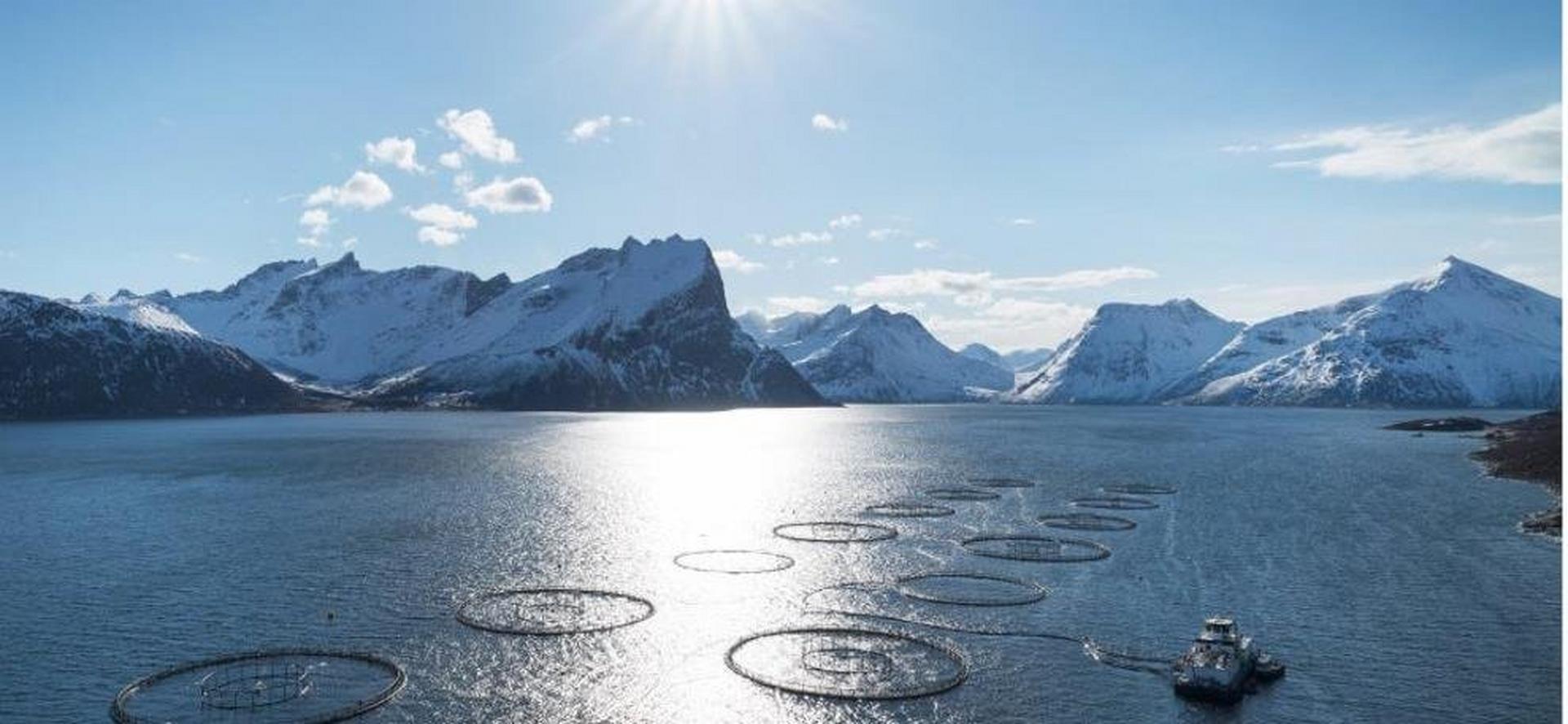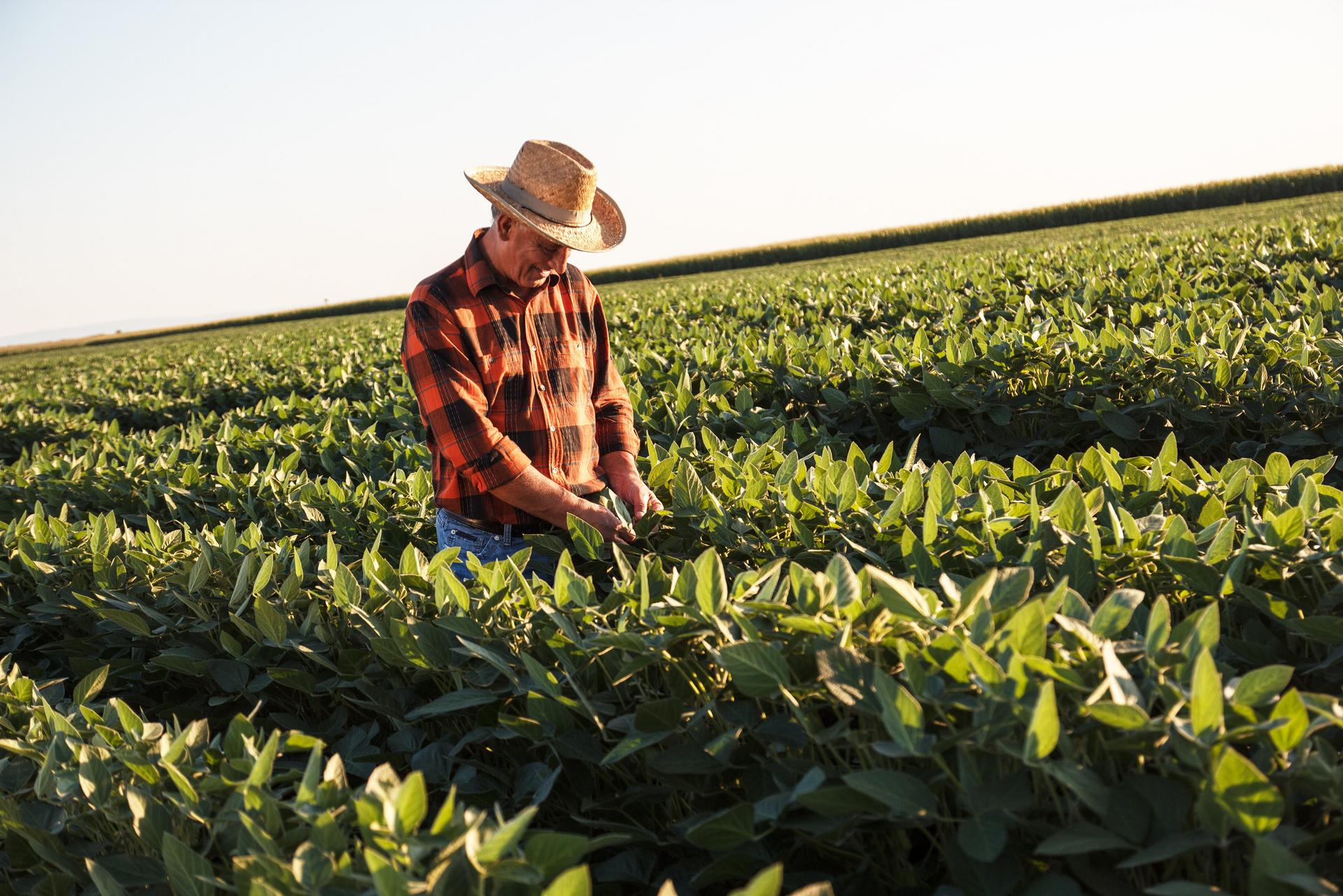The journey was not without obstacles. The COVID-19 delayed crucial data collection, making on-the-ground verification difficult.
Satellite geospatial verification technology has been used to provide independent confirmation of Land Use Change (LUC) over the past 20 years. This has given us more acturate documentation on LUC making for a more correct carbon footprint.
BioMar has integrated this new verified carbon footprint data into its BioSustain LCA (Life Cycle Assessment) tool.
The results of this study have been remarkable. The reduction in carbon footprint across all three key soy products was substantial.
The impact of these lower emissions will be felt across all aquaculture species. Still, it will be particularly profound for salmon farming, where SPC plays a central role in feed formulation.
The lower carbon footprint of ProTerra soy translates to impactful reductions in the emissions per kilogram of farmed salmon.
This initiative also supports greater transparency in feed sourcing, helping farmers meet increasing demands from regulators, retailers and consumers for responsible ingredient choices.
This achievement is a win for the entire aquaculture industry. The dedication of Brazilian soy farmers and ProTerra-certified suppliers has proved that high-quality soy with a lower impact can go hand in hand.
The collaboration between BioMar and ProTerra reaffirms a shared commitment to build a feed supply chain that supports high-performance aquaculture and a healthy planet.






